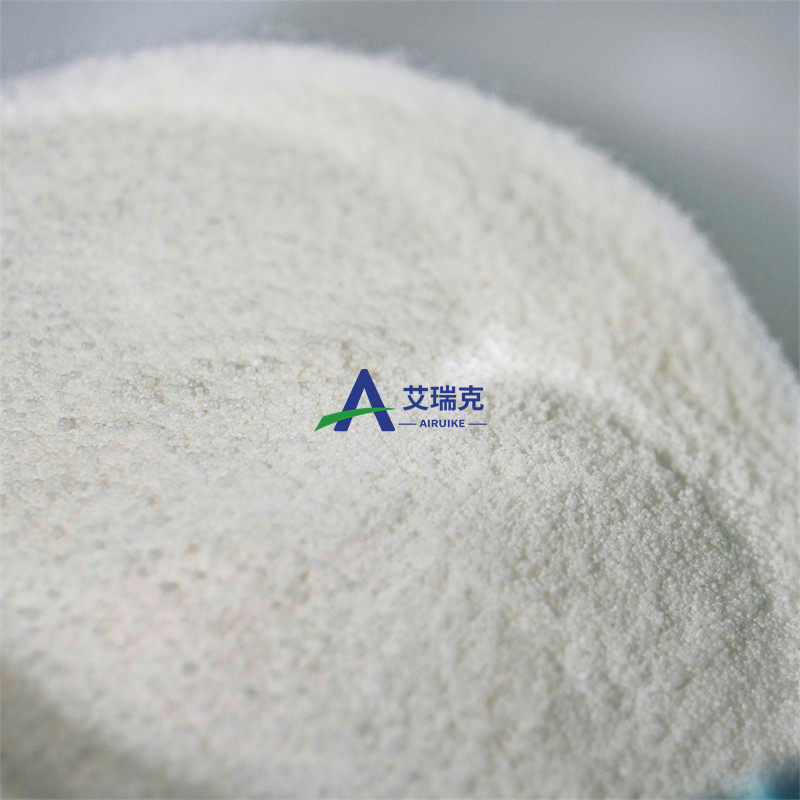New mechanism of low back pain is revealed
-
Last Update: 2020-01-04
-
Source: Internet
-
Author: User
Search more information of high quality chemicals, good prices and reliable suppliers, visit
www.echemi.com
One side of the cartilage plate is closely connected with the fibrous ring, the other side is connected with the vertebral body, which has the function of fixing and protecting the nucleus pulposus from the top to the bottom However, this layer of cartilage is often damaged by pressure load, and the nucleus pulposus may overflow from the damaged holes to the vertebral body, forming the so-called protrusion of the nucleus pulposus in the vertebral body Clinically, it is called schmorls' nodes, which generally does not have much clinical significance The above structure combination of the intervertebral disc has a very effective shock absorption effect on the impact load borne by the body, which not only has a very strong load capacity, but also has a relatively flexible three-dimensional motion space When bearing the pressure load, the nucleus pulposus tissue located in the center of the intervertebral disc can transform the pressure load in a single direction into the tension load evenly distributed in all directions, so as to alleviate the impact on the lower vertebral body Low back pain is a common health problem, in which non-specific low back pain without obvious pathological and anatomical reasons is the most common, but its pathogenesis is still unclear Hu Jianzhong, Professor team of spine surgery, Xiangya Hospital, Central South University, and Cao Xu, Professor team of Johns Hopkins Medical College in the United States carried out the research to reveal the new mechanism of nonspecific low back pain Relevant papers have been published in nature communication Dr Ni Shuangfei, the first author of the paper, introduced that there is a structure called "cartilage endplate" in the spinal disc of mammals The endplate is located between the semifluid, the gelatinous nucleus pulposus and the osseous vertebral body, and bears a large shear stress It was found that in the process of spinal degeneration, the cartilage endplate calcified, and the sensory nerve gradually grew into the endplate tissue mediated by netrin-1 Inhibition of osteoclast activity, or specific knockout of netrin-1 factor, can significantly alleviate the growth of sensory nerves in the endplate and relieve spinal pain It was further found that specific knockout of EP4 receptor on sensory nerve could also significantly alleviate hyperalgesia in mice This paper systematically explained the mechanism of sensory nerve growing into the endplate and activating and causing hyperalgesia in mice during the process of endplate sclerosis and degeneration, revealed the new theory of low back pain, and provided a new idea for the diagnosis and treatment of low back pain.
This article is an English version of an article which is originally in the Chinese language on echemi.com and is provided for information purposes only.
This website makes no representation or warranty of any kind, either expressed or implied, as to the accuracy, completeness ownership or reliability of
the article or any translations thereof. If you have any concerns or complaints relating to the article, please send an email, providing a detailed
description of the concern or complaint, to
service@echemi.com. A staff member will contact you within 5 working days. Once verified, infringing content
will be removed immediately.







